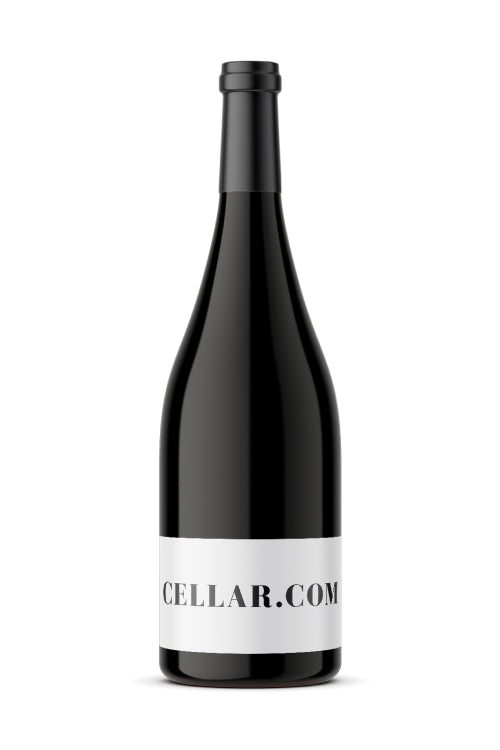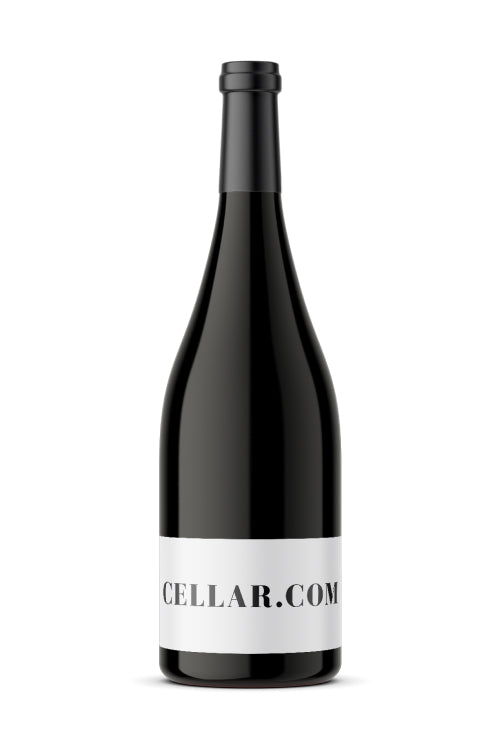1
/
of
1
Santa Duc Gigondas Prestige des Hates Garriques - 2007 (750ml)
Santa Duc Gigondas Prestige des Hates Garriques - 2007 (750ml)
Regular price
$59.99
Sale price
$59.99
Regular price
$74.99
Unit price
/
per
The estate's flagship cuvee is the Gigondas Les Hautes Garrigues Cuvee Prestige (a blend of 80% Grenache and 20% Mourvedre, some of which is aged in small oak barrels). Fashioned from the same blend as the 2004, the 2003 Gigondas Les Hautes Garrigues Cuvee Prestige tips the scales at 15.8% alcohol, and possesses extraordinary opulence and richness. While there is some hard tannin still to be resolved in the finish, there is no doubting there is enough concentration and richness to support the wine's tannic structure. It is a deep, chewy Gigondas with chocolaty blackberry and cassis notes intermixed with licorice, truffle, new saddle leather, and graphite characteristics. Give it 2-3 years of cellaring, and drink it over the following 12-15 years.
Importer: Robert Kacher Selections, Washington, DC; tel. (202) 832-9083
Robert Parker - 92 points
Importer: Robert Kacher Selections, Washington, DC; tel. (202) 832-9083
Robert Parker - 92 points
Availability:
2 In Stock
$25 Shipping on Orders +$299
Couldn't load pickup availability
Share :

- varietal
- Region
- Type
- Reviews
Product Review
The estate's flagship cuvee is the Gigondas Les Hautes Garrigues Cuvee Prestige (a blend of 80% Grenache and 20% Mourvedre, some of which is aged in small oak barrels). Fashioned from the same blend as the 2004, the 2003 Gigondas Les Hautes Garrigues Cuvee Prestige tips the scales at 15.8% alcohol, and possesses extraordinary opulence and richness. While there is some hard tannin still to be resolved in the finish, there is no doubting there is enough concentration and richness to support the wine's tannic structure. It is a deep, chewy Gigondas with chocolaty blackberry and cassis notes intermixed with licorice, truffle, new saddle leather, and graphite characteristics. Give it 2-3 years of cellaring, and drink it over the following 12-15 years.
Importer: Robert Kacher Selections, Washington, DC; tel. (202) 832-9083
Importer: Robert Kacher Selections, Washington, DC; tel. (202) 832-9083
Product Score
92
Grenache has claims to have originated in Spain and Sardinia where it is known as Garnacha and Cannonau respectively. No matter where it originated this sun-loving grape has spread with great popularity across the world. The grape’s compatibility with regions that offer long sunny summers ensures a high build up of sugars and conversely low acidity. This and its soft tannin make it a great blending grape with firmer, more structured varieties such as Syrah and Mourvedre to form the trio blend often called GSM. Grenache is frequently grown alongside its blending partners in the esteemed regions of Chateauneuf-du-Pape in the Rhone valley and accross South Australia. Unlike a lot of other varieties Grenache needs relatively little attention and is quite happy to be left on poor, unirrigated soils. Because of this hearty nature, pockets of old, neglected, but still productive vines have been found around the world. With enough pruning, these old vines yield small amounts of intense fruit with spectacular results in varietal wines. Depending on where it is grown and how it is handled Grenache can vary from earthy and peppery to jammy red and black fruit with sweet spice qualities. It is also the key constituent (at least 50%) in the wines of Banyuls, one of France’s finest Vins Doux Naturels appellations.
The Rhone is one of France’s most important wine regions. Divided into two separate zones, the north is probably the most prestigious. It is home to the appellations of Condrieu, Côte Rôtie, St. Joseph, Hermitage, and Crozes-Hermitage. Syrah is king with the exception of the Condrieu (100% Viognier) and Hermitage, which also makes big whites from Marsanne and Roussanne. The South is a much larger region where most Cotes du Rhone and Cotes du Rhone Village come from. In the villages of Châteauneuf-du-Pape, Gigondas, Vacqueyras, and Rasteau, Syrah is blended in varying proportions with Grenache, Mourvedre, Cinsaut, and a host of obscure varieties such as Muscardin, Vaccarese, Terret and Counoise, to produce full-bodied reds brimming with energy.
Red wine is wine made from dark-coloured grape varieties. The color of red differs based on the grapes variety or varieties used.Interestingly, black grapes yield a juice that is greenish-white. The actual red color comes from anthocyan pigments (also called anthocyanins) from the skin of the grape (exceptions are the relatively uncommon teinturier varieties, which produce a red colored juice). Most of the production centers around the extraction of color and flavor from the grape skin.


